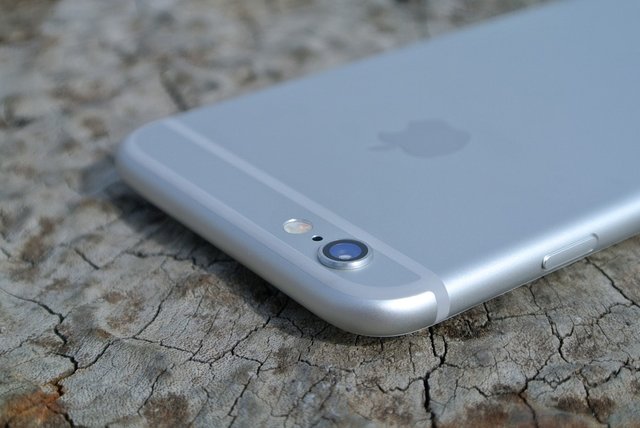Apple: 10-Year from 3-on-1

The iPhone was introduced as the combination of an innovative cell phone, an iPod touch and an Internet communicator. Apple has raised a saga of 16 models of smartphones that help consolidate the role of mobile in society.
When in January 2007, Apple announced the iPhone, took the industry by surprise and also many consumers, because it was difficult to conceive a cell phone without physical keys.
While the iPhone was not the first smartphone to dispense with the dedicated keyboard - LG had announced in September 2006 its Prada-Apple model marked a milestone for its conception of device software.
Until that moment the manufacturer of the smartphone and the operator decided the software that came with each model. Apple had in mind an app store, most free, - the App Store, announced the following year - where each user could choose productivity or entertainment applications that best meet their requirements.
Although a large majority was limited to a dozen of the most popular apps, a great variety of software came into being because it quickly created an ecosystem of tens of thousands of developers. Not only was it stimulated the emergence of apps in the areas of games, health, physical activity monitoring and almost any area of
activity, also each user could customize their iPhone according to their tastes and preferences.
3 in 1
The iPhone was introduced by Steve Jobs as the combination of three devices in one: a touch-screen phone, an iPod with touchscreen and an Internet-based "communicator," whose browser took full advantage of the new benefits of an extended display.
Although the iPhone's camera was only 2 mega pixels - the Nokia N95 had a 5 megapixel camera - Apple supplemented with software and ease of use its functionality, as well as handling stored photographs.
Facebook and Twitter still did not have the current diffusion or impact, but the emergence of the iPhone coincided with the rise of social networks. In April 2009, the photograph of a US Airways plane on the Hudson River in New York, taken with an iPhone and sent to Twitter surprises the world. Within minutes of a miraculous "landing" this scoop - given half an hour before CNN - confirms Twitter as a mass media.
Comparing the hardware features of today's leading smartphones with those of the first iPhone, it was lagging behind, but the integration of the software with the device made a difference.
Although Google launched its Android operating system and the first smartphones started coming to the market in late 2007, Apple had a great advantage, that of having complete control of hardware and software. The Google operating system was adopted by multiple manufacturers and today dominates the smartphone market widely, although improvements to the current versions have been gradual and fragmented. Google also adopted the approach of the app store, with Google Play, although there is a perception that Google is less strict than Apple in the criteria of admission of the apps.
Apple already works on its mobile number 16, the iPhone 8, heir to a great saga of mobiles that strives to innovate every year, sometimes with disappointments when the new model differs from the previous one in just a more powerful camera or a reader Fingerprints. Its launch, scheduled for July, has been delayed.
On the other hand, it is anticipated that the new version brings interesting news, to mark a decade of the introduction of the iPhone. What is certain is that it can repeat the disruption that represented the original iPhone, and contributed greatly to the impact that the smartphone has in today's society.
Image SOURCE
